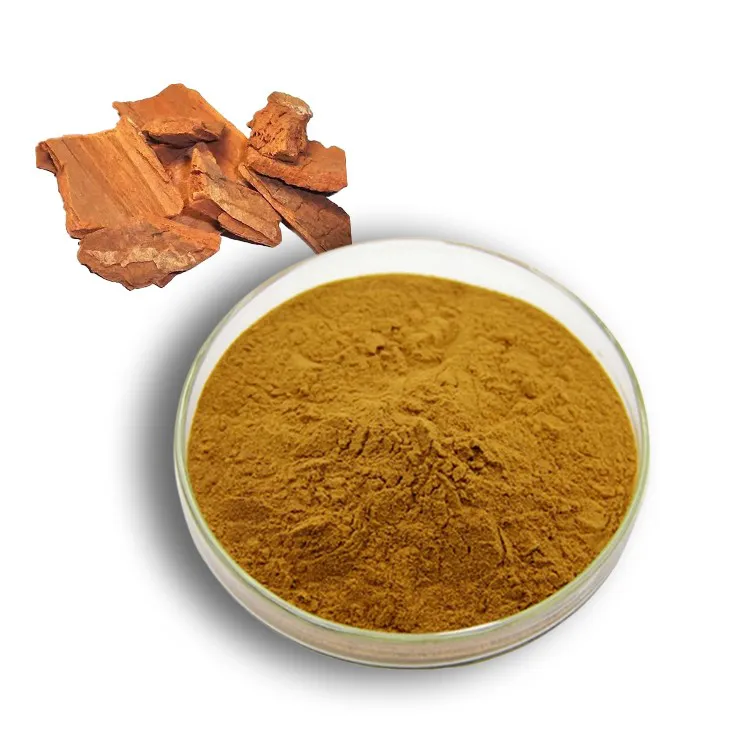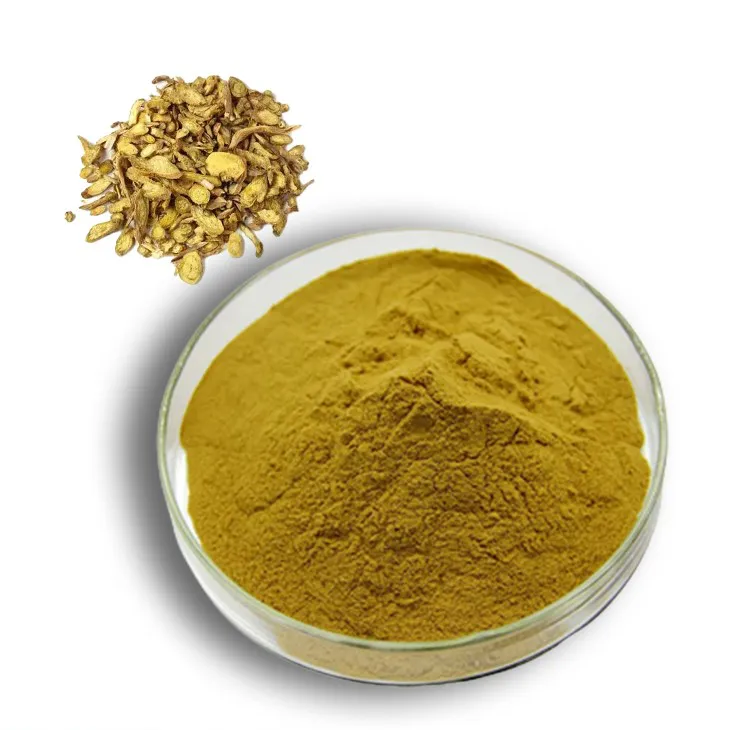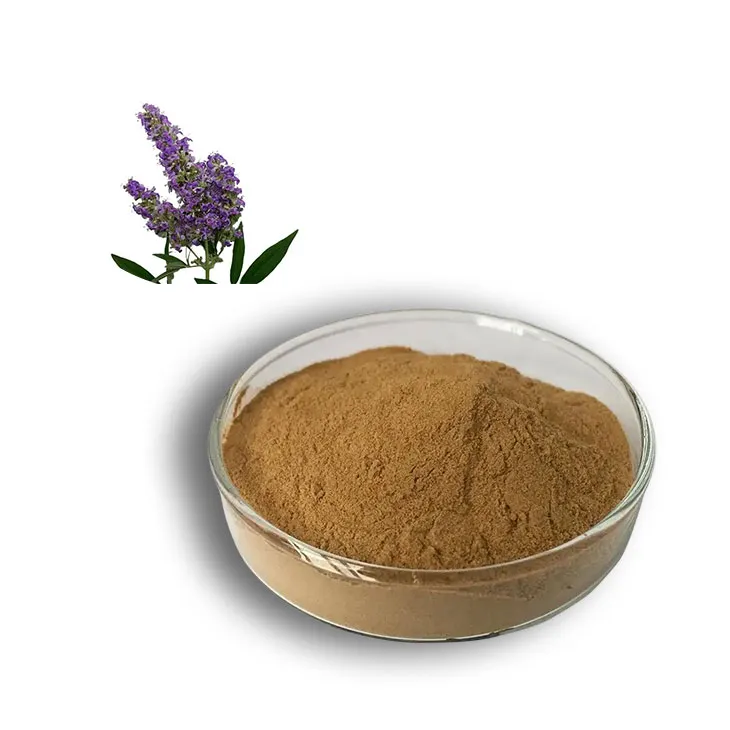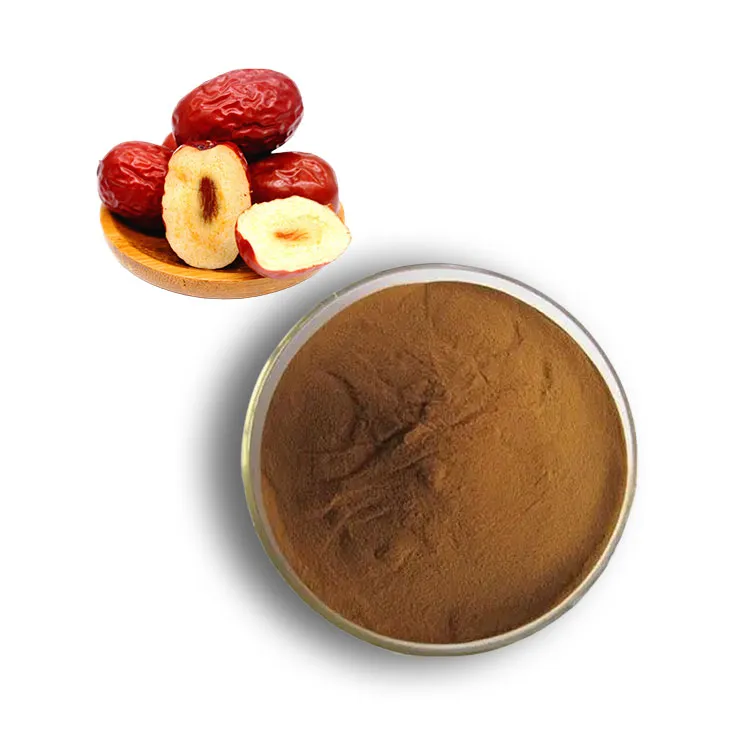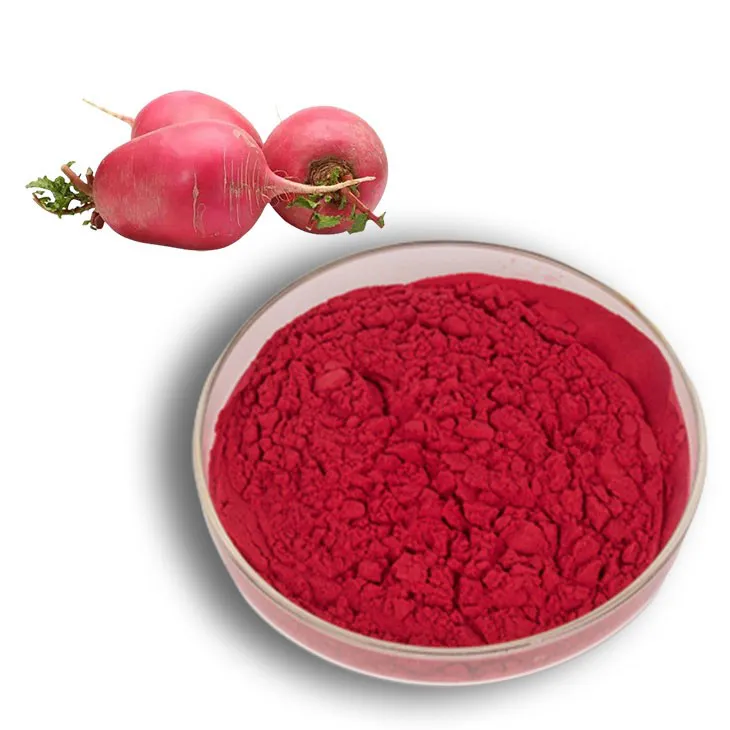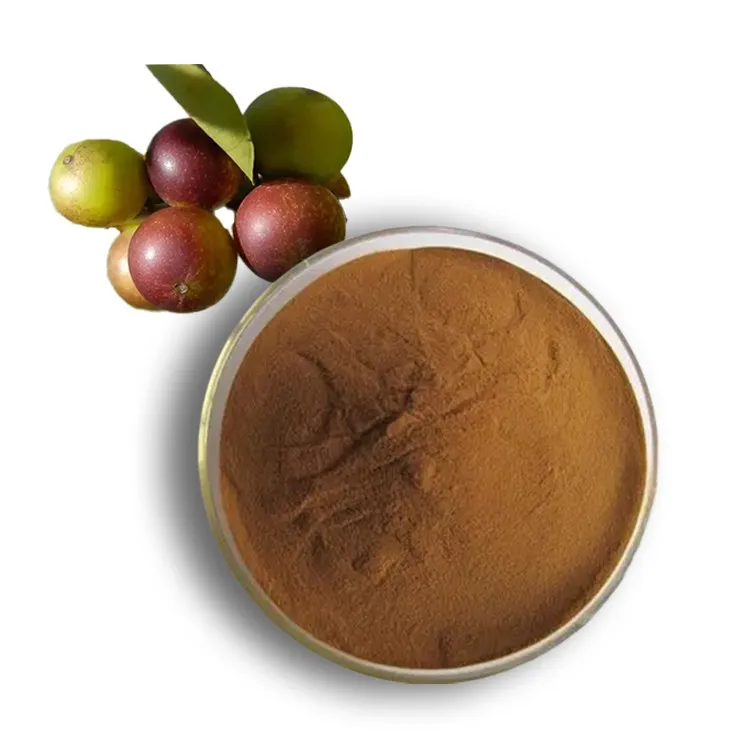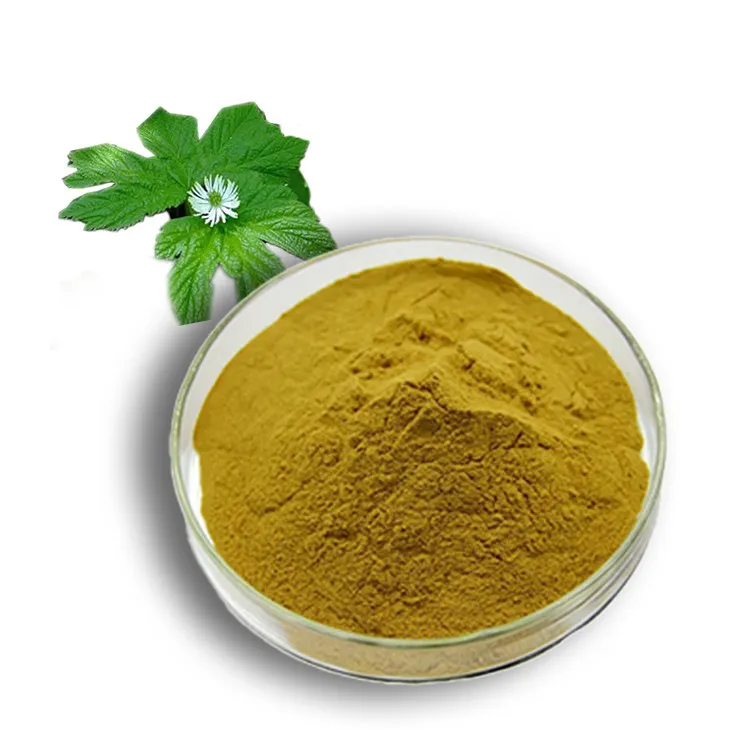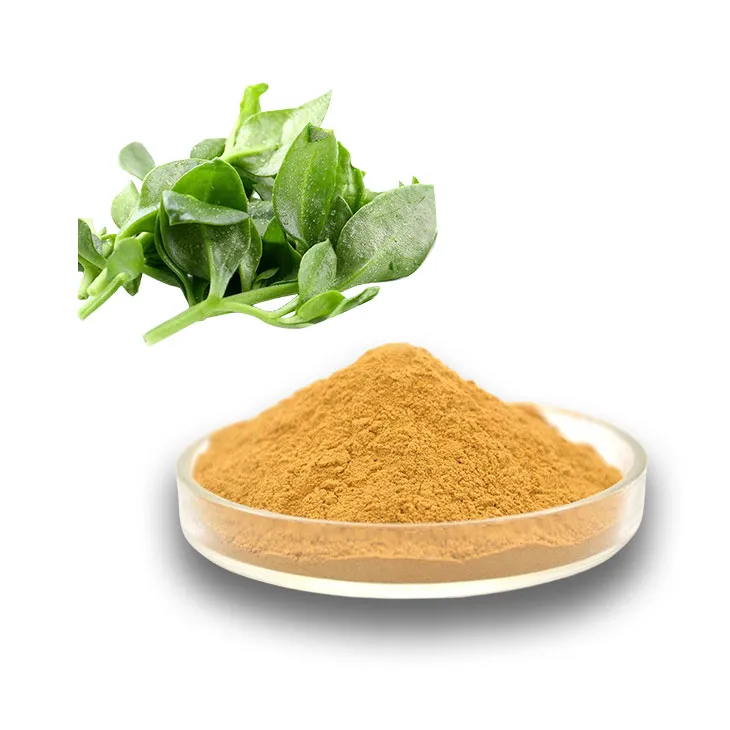- 0086-571-85302990
- sales@greenskybio.com
What happens if your liver bile duct is blocked?
2025-09-18
The liver is one of the most vital organs in the human body, performing essential functions such as detoxification, digestion, and metabolic regulation. One crucial aspect of liver function is its production of bile, a yellow-green fluid that aids in digesting fats and removing toxins. Bile flows from the liver through bile ducts into the small intestine, where it helps break down dietary fats. However, when the bile ducts become obstructed or blocked, it can result in serious health complications. It is essential to understand what happens if your liver bile duct is blocked, the symptoms, causes, diagnostic methods, treatment options, and the impact it can have on overall health.
What Is a Liver Bile Duct Obstruction?
A bile duct obstruction occurs when the bile flow from the liver is blocked, either partially or entirely. This blockage prevents bile from properly entering the small intestine, disrupting digestion and allowing toxins to accumulate in the body. Bile duct obstruction can occur in the main bile duct (known as the common bile duct) or smaller ducts inside the liver. There are many potential causes of a blocked bile duct, ranging from benign issues such as gallstones to serious conditions like tumors or scarring of the bile ducts.
Symptoms of a Blocked Bile Duct
When the liver bile duct is blocked, it often leads to specific and noticeable symptoms. Ignoring these signs can risk further complications. Common symptoms include:
Jaundice: One of the hallmark symptoms of a blocked bile duct is jaundice, a yellowing of the skin and eyes caused by a buildup of bilirubin. Bilirubin is a substance found in bile; when bile flow is obstructed, bilirubin accumulates in the bloodstream.
Dark Urine and Pale Stools: The color of urine and stools may change due to impaired bile excretion. Blocked bile ducts can cause urine to become dark and feces to appear pale or clay-colored.
Itchy Skin (Pruritus): The buildup of bile salts in the bloodstream can lead to intense, persistent itching that does not respond to typical itch remedies.
Abdominal Pain: Pain often occurs in the upper right side of the abdomen, where the liver is located.
Nausea and Vomiting: Digestive disturbances may arise due to the improper breakdown of fats during digestion.
Unexplained Weight Loss: Malabsorption of nutrients can contribute to weight loss and general weakness.
If you notice any of these symptoms, seek medical attention promptly. Prolonged bile duct obstruction can lead to serious complications.
Causes of Bile Duct Blockage
Several conditions can lead to a blocked bile duct. The most common causes include:
Gallstones: Gallstones, hardened deposits of bile and cholesterol, are the most common reason for bile duct blockages. These stones may migrate into the bile ducts and obstruct bile flow.
Biliary Strictures: Scarring or narrowing of the bile ducts (biliary strictures) can result from infections, surgeries, or chronic inflammation.
Tumors: Cancers of the pancreas, bile duct, gallbladder, or surrounding structures can compress the bile ducts and impede bile flow.
Cholangiocarcinoma: This rare bile duct cancer specifically originates in the ducts themselves.
Inflammatory Conditions: Conditions like primary sclerosing cholangitis (PSC) or autoimmune diseases affecting the bile ducts can cause narrowing or blockage.
Parasites: In some regions of the world, parasitic infections, such as liver flukes, can obstruct bile ducts.
Diagnostic Methods
Timely diagnosis of a blocked bile duct is crucial for preventing complications. Physicians typically use a combination of diagnostic tests and imaging procedures to identify the cause and extent of the blockage. These methods include:
Blood Tests: Blood tests can reveal elevated bilirubin levels or liver enzyme abnormalities, which may indicate impaired liver or bile duct function.
Ultrasound: A non-invasive imaging technique that helps detect gallstones, inflammation, or other abnormalities in the bile ducts.
CT and MRI Scans: These advanced imaging tools provide detailed views of the liver, bile ducts, and surrounding areas to identify tumors, scarring, or obstructions.
ERCP (Endoscopic Retrograde Cholangiopancreatography): A specialized procedure that combines endoscopy and X-rays to examine the bile ducts closely. ERCP can diagnose and treat some blockages by removing gallstones or inserting stents to restore bile flow.
Liver Biopsy: In some cases, a biopsy may be required to rule out cancer or other specific liver diseases.
Complications of Untreated Bile Duct Obstruction
If not treated promptly, a blocked bile duct can lead to a host of serious complications. These include:
Liver Damage: Chronic bile duct obstruction may result in liver inflammation or scarring, potentially leading to cirrhosis or liver failure.
Infections: Stagnant bile can become a breeding ground for bacteria, leading to infections such as cholangitis.
Pancreatitis: Blockage of bile flow can impact the pancreas, potentially causing pancreatitis (inflammation of the pancreas).
Malabsorption: The disruption of fat digestion can lead to nutrient deficiencies, weight loss, and fatigue over time.
Treatment Options
The treatment for a blocked bile duct depends on the underlying cause. Common treatment options include:
Medications: Antibiotics are often prescribed to treat or prevent infections. Pain relief and anti-nausea drugs may also be used.
Endoscopic Procedures: Techniques like ERCP are commonly employed to remove gallstones or insert stents to open narrow bile ducts.
Surgery: In cases of advanced gallbladder disease, biliary strictures, or tumors, surgical intervention may be required to remove obstructions or cancerous growths.
Liver Transplant: Severe bile duct damage or liver failure may necessitate a liver transplant as a last resort.
Lifestyle and Dietary Changes: Collaborate with your healthcare provider on optimizing diet and avoiding foods that stress the liver.
Final Thoughts
A blocked liver bile duct is a serious medical condition that requires prompt attention to prevent long-term health complications. Symptoms like jaundice, pain, and digestive disruptions can signal underlying issues such as gallstones, strictures, or cancer. Early diagnosis via imaging and blood tests is key in developing an effective treatment plan tailored to the individual’s condition. Whether through medications, minimally invasive procedures, or surgery, addressing bile duct blockages is essential for restoring bile flow, improving digestion, and maintaining overall health. If you suspect any symptoms of bile duct blockage, consult a healthcare professional to address the issue and ensure your well-being.
- ▶ Hesperidin
- ▶ citrus bioflavonoids
- ▶ plant extract
- ▶ lycopene
- ▶ Diosmin
- ▶ Grape seed extract
- ▶ Sea buckthorn Juice Powder
- ▶ Beetroot powder
- ▶ Hops Extract
- ▶ Artichoke Extract
- ▶ Reishi mushroom extract
- ▶ Astaxanthin
- ▶ Green Tea Extract
- ▶ Curcumin Extract
- ▶ Horse Chestnut Extract
- ▶ Other Problems
- ▶ Boswellia Serrata Extract
- ▶ Resveratrol Extract
- ▶ Marigold Extract
- ▶ Grape Leaf Extract
- ▶ blog3
- ▶ Aminolevulinic acid
- ▶ Cranberry Extract
- ▶ Red Yeast Rice
- ▶ Red Wine Extract
-
Yohimbine Bark Extract
2025-09-18
-
Scutellaria Extract
2025-09-18
-
Plantain extract
2025-09-18
-
Chasteberry Extract
2025-09-18
-
Red Date Extract
2025-09-18
-
Selenium yeast
2025-09-18
-
Beetroot Powder
2025-09-18
-
Camu Camu Extract
2025-09-18
-
Golden Seal Extract
2025-09-18
-
Andrographis Paniculata Extract Powder
2025-09-18











